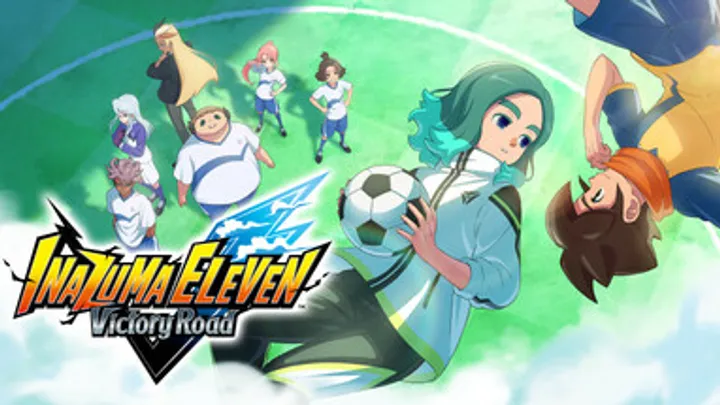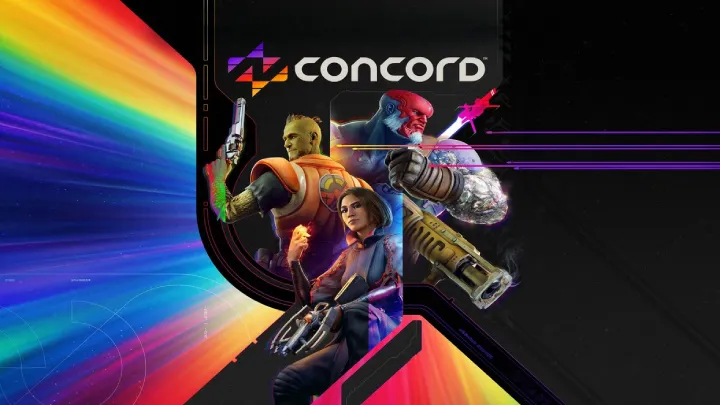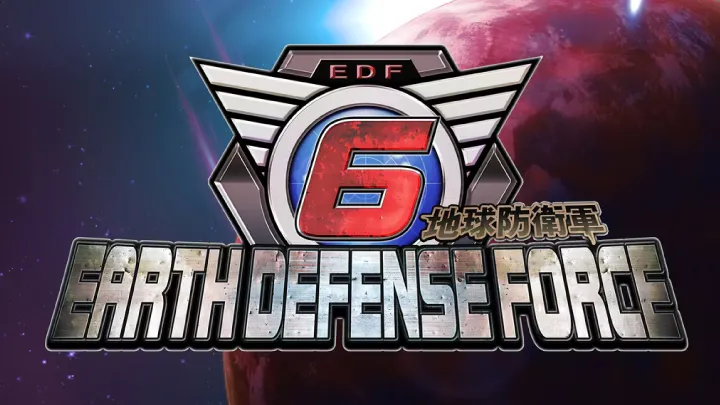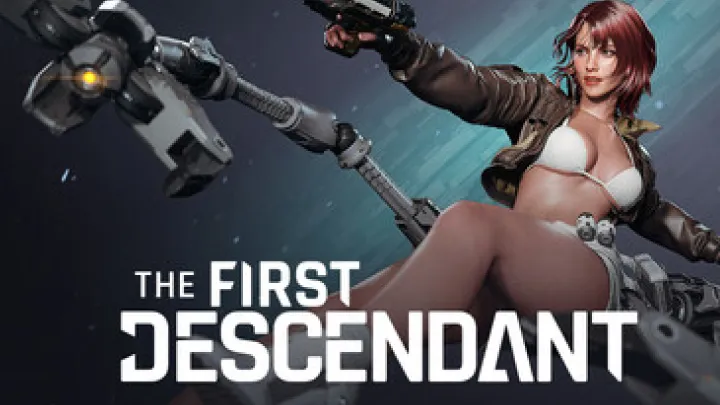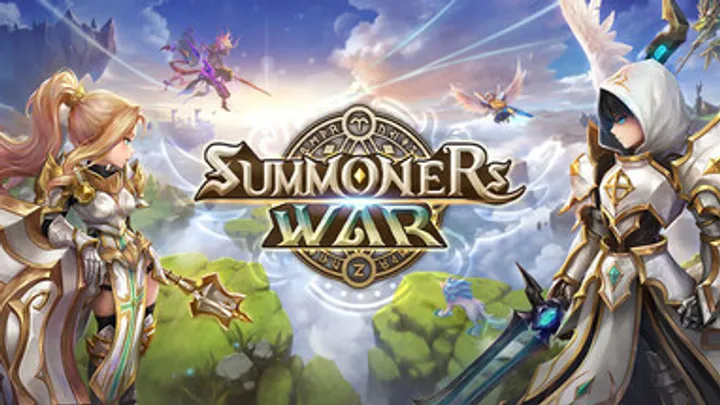Senuas Saga Hellblade II is a psychological action adventure that blends cinematic storytelling with immersive sound design and emotional depth. This guide will help you understand how to play, how to approach its narrative, how to fight effectively, and how to experience the game as intended. Instead of treating it like a typical action game, Hellblade II requires calmness, focus, and an openness to Senuas emotional world.
The article is divided into 10 main sections that follow the natural progression of the game, offering detailed explanations on gameplay mechanics, puzzle solving, psychological interpretation, exploration, and narrative comprehension.
1. Starting the Journey and Understanding Senuas World

At the beginning of Senuas Saga Hellblade II, the game immediately sets a heavy atmosphere through sound, environment, and visual storytelling. To experience Hellblade II properly, the first step is using headphones. The binaural audio creates the illusion of voices whispering around you, representing Senuas inner struggles.
Do not rush through the introduction. Hellblade II is not designed for fast gameplay but for emotional immersion. Embrace the slow pacing and pay attention to Senuas breathing, facial expressions, and reactions to the world. The opening serves as a gateway into her mind, helping you understand the themes of fear, resilience, and grief that drive the narrative.
2. How to Move and Observe the Environment to Decode the Story
The world of Hellblade II tells its story through visual and environmental cues rather than constant dialogue. As you explore, rotate the camera slowly and observe every detail around you. Many objects, shadows, and ruins offer silent hints about the past, the landscape, and the mental state of Senua.
Listen closely to the voices. They represent her doubts, her fears, and sometimes her instincts. When the environment feels strange or twisted, it usually means the game is giving you information. Understanding the story is not about rushing but about connecting these subtle pieces.
3. How to Fight Effectively in Hellblade II
Combat in Hellblade II is intentionally grounded and realistic. There are no complicated combos or skill trees. Instead, the core of combat revolves around timing, patience, and awareness. Watch enemy movements carefully, wait for openings, and do not spam attacks.
Dodging is your main survival tool. Use quick evasive movements to avoid heavy strikes and immediately counterattack. When you build up your Focus meter, you can activate Focus to slow down enemies and land powerful hits. The game offers no HUD, so rely on your senses to understand when Senua is hurt or when an enemy is about to strike.
4. How to Solve Puzzles with Observation and Perspective
Puzzle solving in Hellblade II is based on perception rather than interaction. Instead of picking up objects or manipulating mechanisms, you must find symbols hidden within the environment. These symbols appear only when you stand in the right place and align pieces of the world together.
When you see a symbol appear in the air, start searching the surroundings for shapes that match it. This can include shadows, broken structures, tree branches, or rocks. Move slowly, reposition yourself, and listen to audio cues. Patience is essential because some puzzles rely purely on perspective.
5. Understanding and Managing Senuas Psychological State
A unique aspect of Hellblade II is that the game wants you to step into Senuas emotional experience. The voices whispering in her mind sometimes help, sometimes hinder, and sometimes reflect her deepest fears. You must treat them as part of the gameplay.
When Senua becomes distressed, do not push forward aggressively. Slow down, observe her posture, and understand that the game wants you to feel what she feels. Instead of ignoring the psychological elements, embrace them and let them guide your decisions.
6. How to Face Disturbing Sequences and Mental Challenges
Some sections of the game are intentionally unsettling, involving darkness, illusions, or terrifying imagery. These sequences test your ability to stay calm and focused. Pushing through them requires controlled movement and careful listening.
During these scenes, combat may not be an option. Instead, you must follow audio cues, avoid danger by navigating with instinct, or solve visual puzzles in stressful conditions. If the experience becomes overwhelming, take small breaks. Hellblade II aims to portray mental struggle authentically, not to traumatize players.
7. How to Follow and Interpret the Narrative
The story of Hellblade II is told through symbolism, emotion, and fragmented memories rather than traditional cutscenes. To understand it well, you need to pay attention to imagery, metaphors, and the shifting tone of the world. Each location represents a part of Senuas journey as she faces her inner demons.
The voices and narrations will often give you clues about her past and the meaning behind the events. Instead of expecting literal explanations, allow the story to unfold naturally. After each major event, reflect on what Senua learned, feared, or overcame. The narrative is not only about external conflict but also about personal healing.
8. How to Explore the Environment Without Missing Important Details
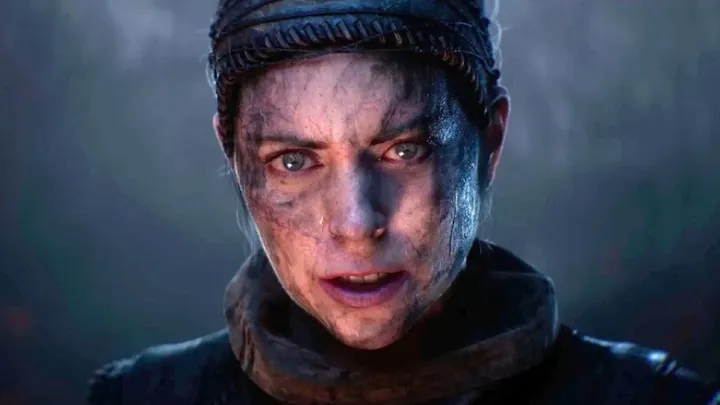
While the game is mostly linear, exploration still plays a critical role. The Icelandic landscapes are rich with cultural details, ruins, and environmental storytelling. Many scenes hide subtle hints about the fate of the people, the land, or Senuas emotional state.
Take your time to look around. Walk off the main path when possible, study carvings or remains, and listen to echoes or distant sounds that reveal more about the world. Even if exploration does not give you items, it deepens your understanding of the story.
9. Preparing for Major Battles and Final Challenges
Later in the game, battles become more intense and emotional. You must refine your timing, learn enemy patterns, and maintain calm under pressure. The most powerful technique is mastering counterattacks and using Focus at the right moment.
The final confrontations are not only physical but also mental. You will face symbolic representations of trauma, doubt, or rage. The best way to overcome these moments is to trust the mastery you have built throughout the game, stay patient, and let the story guide your interpretation.
10. Completing the Journey and Understanding the Final Message
When you reach the final moments of Hellblade II, the emotional impact becomes deeper than ever. The ultimate goal is not victory against an enemy but acceptance, growth, and self understanding. Senua evolves, and you should experience every step of this transition with attention.
Do not skip the ending. Allow the story to settle and think about the meaning of Senuas choices. The conclusion represents hope, resilience, and the ability to move forward despite overwhelming darkness. The ending is designed to stay with you long after the credits roll.
Conclusion
Senuas Saga Hellblade II delivers an intense and emotional journey that blends combat, puzzle solving, exploration, and psychological storytelling. To fully appreciate it, you must approach it with patience, awareness, and empathy. By observing the world carefully, mastering the timing based combat system, listening to the voices as part of the experience, and following the symbolic narrative, you will uncover the depth of Senuas struggle and triumph.
This guide gives you everything you need to navigate each phase of Senuas journey from confusion to clarity, from fear to understanding, and ultimately from suffering to strength.
Summary
A complete guide on how to play and understand Hellblade II, covering combat, puzzles, exploration, and Senuas emotional journey for a full experience.









